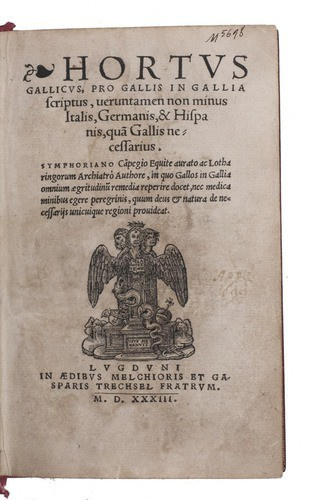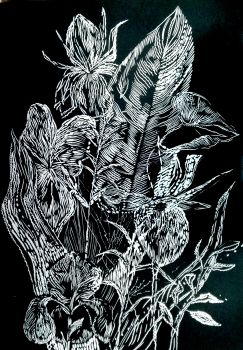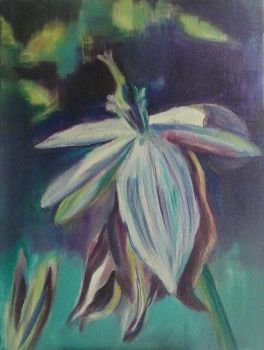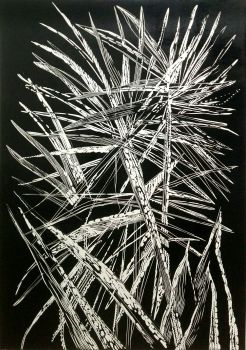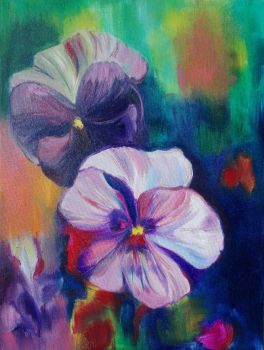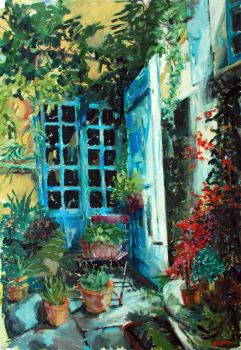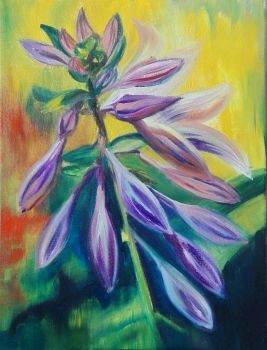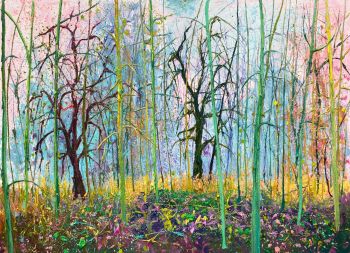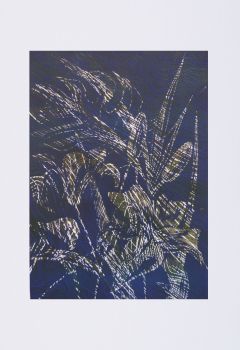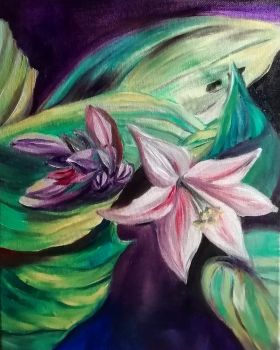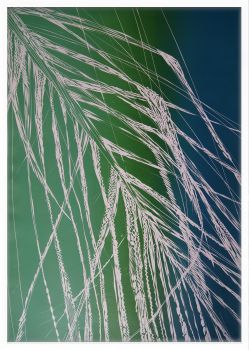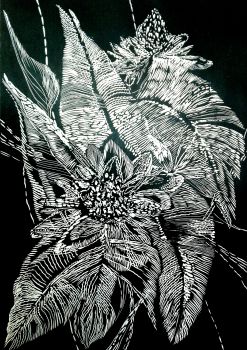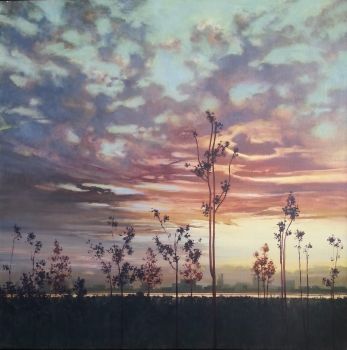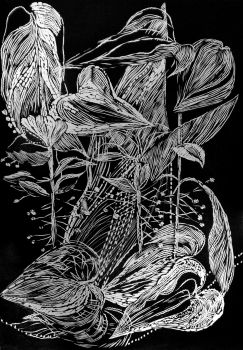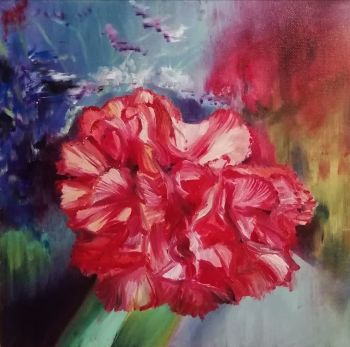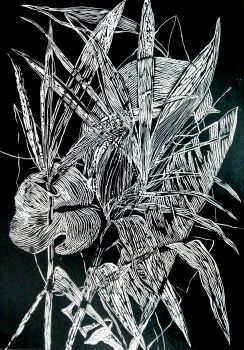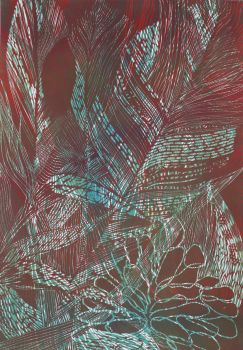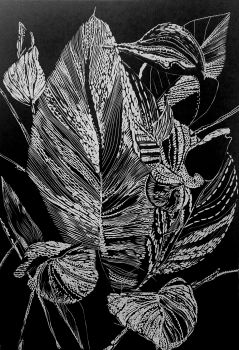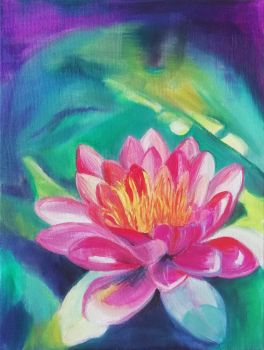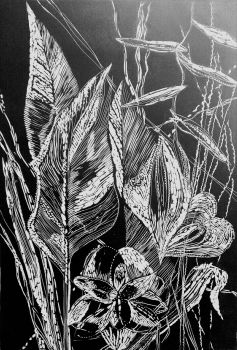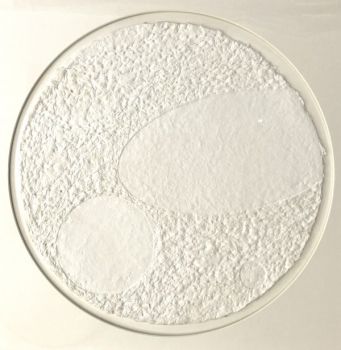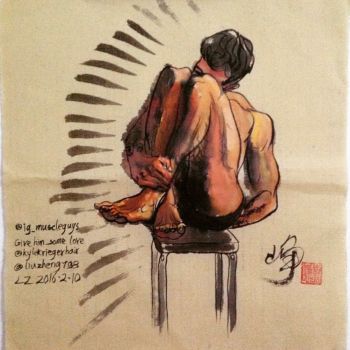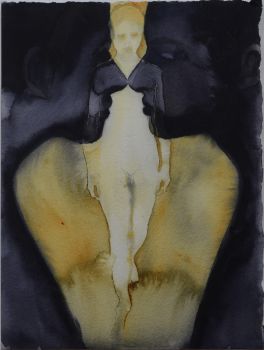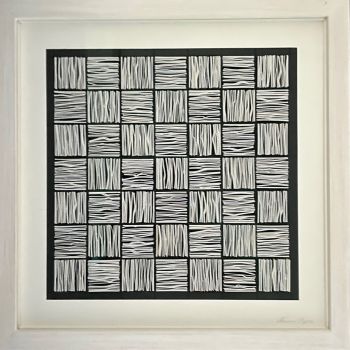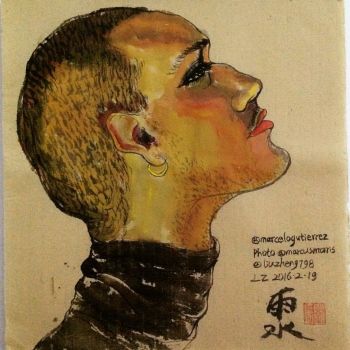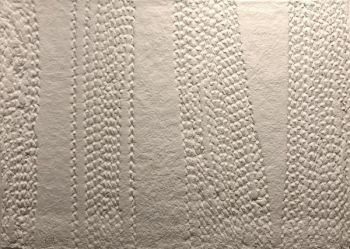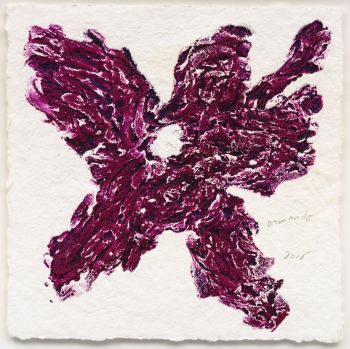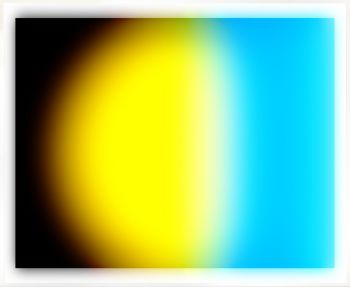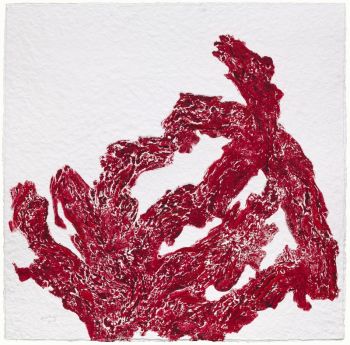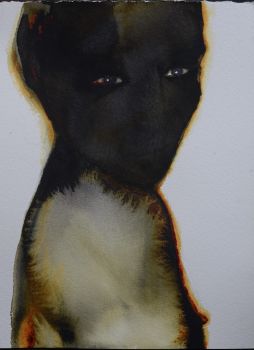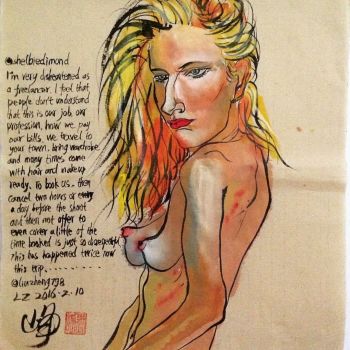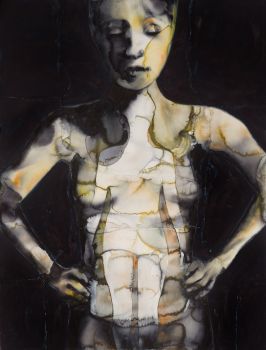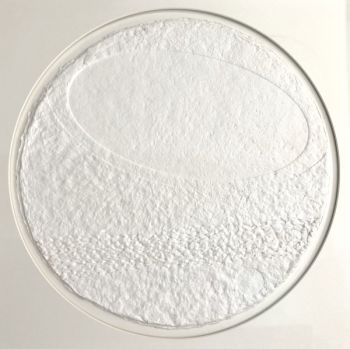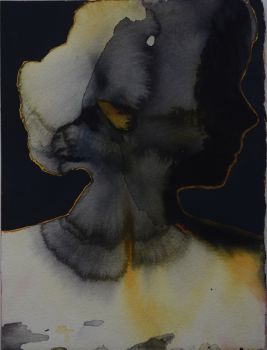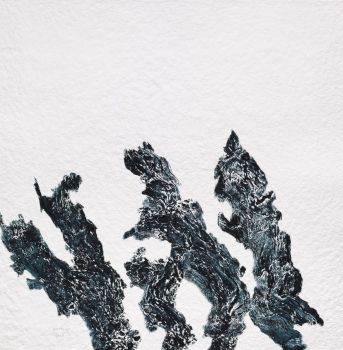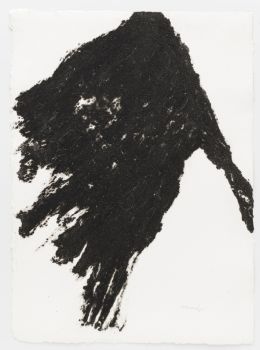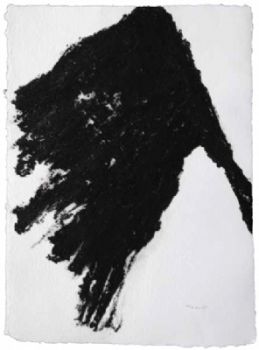Declaring Arabic medicinal plants “pernicious and venomous” for Europeans 1533
Symphorien Champier
PapelPapel artesanalCouro
Atualmente indisponível via Gallerease
- Sobre arteHortus Gallicus, pro Gallis in Gallia scriptus, veruntamen non minus Italis, Germanis, & Hispanis, qua[m] Gallis necessarius. ...
Including:
-Campus Elysius Galliae Amoenitate refertus: in quo sunt medicinæ compositæ, herbæ & plantæ virentes: in quo quicquid apud Indos, Arabes, & Poenos reperitur, ...
-Periarchon id est de principiis utriusque philosophiae, ...
Lyon, Melchior & Gaspar Trechsel, 1533. 3 parts in 1 volume. 8vo. With 3 title-pages each with the same woodcut device, the woodcut arms of Champier and Terrail (Champier's wife) in mirror image (plus 2 repeats), the Terrail arms at the end, 14 woodcut decorated initials plus 9 repeats, and a vine-leaf ornament. Gold-tooled red goatskin morocco by Hippolyte Duru for Joachim Gomez de la Cortina, Marqués de Morante, each board with Morante's crowned coat of arms and his crowned JGC cipher monogram in each of the four corners and 3 of the 6 spine compartments.
First issue of the first and only edition, in the original Latin, of a three related treatises arguing against the European use of the new medicinal plants that were beginning to find their way from the Middle East or "India" to European botanical gardens along with the great Arabic works of medical botany. Symphorien Champier (1471/72-ca. 1539), a humanist physician in Lyons, mixes elements of climate, ethnicity, nationalism and religion to claim that the exotic medicines were often "pernicious and venomous" for Europeans, and he proposes indigenous alternatives to them (God in his wisdom provides each region with the plants it needs). He takes this even to a national level within Europe, based on the differing character and nature of the people of different nations. He was influenced by Brunfels, who had made similar arguments for Germans to use German plants.
With an early owner's name on the title-page. Joachim Gomez de la Cortina (1808-1868), a Spanish senator and rector of the University of Madrid, was one of the leading bibliophiles of his day. The elegant binding is signed by Hippolyte Duru (1803-1884) in Paris and dated 1850. With waterstains and browning in the first 2 and last 2 leaves and the foot of 2 leaves in part 2, but otherwise in very good condition. The binding fine, a couple tiny insignificant scuff marks on the edges and a small label removed from the back paste-down. A lovely copy of a fascinating work, reflecting European fears of Arabic medical botany.
Allut 39; Baudrier XII, p. 240 ; Durling 934; Cat. lib. Gomez de la Cortina 11755 (this copy); for the binder Duru: Flety, p. 65. - Sobre artistaSymphorien Champier (1471-1539), um médico Lyonnese nascido em Saint-Symphorien (França), era parente do Chevalier de Bayard por meio de sua esposa, Marguerite Terrail. Doutor em medicina em Montpellier, Champier foi o médico pessoal de Antoine, duque de Lorena, a quem seguiu para a Itália com Luís XII e finalmente se estabeleceu em Lyon. Ele trabalhou em Lyon, onde fundou o Colégio dos Médicos de Lyon. Lá, ele desempenhou as funções de vereador e contribuiu para várias fundações locais, em particular L'Ecole des médecins de Lyon ("A Escola dos Médicos de Lyon"). Além disso, Champier estudou eruditos gregos e medicina árabe e compôs um grande número de obras históricas, incluindo Chroniques de Savoie em 1516 e Vie de Bayard em 1525. Ele é conhecido por seu tratado La nef des dames vertueuses [O navio das senhoras virtuosas], um dos primeiros tratados "feministas" escritos em francês. Ele foi um oponente extremo do ocultismo renascentista e escreveu em 1532 uma 'Epistola campegiana de tranmutatione metallorum contra alchimistas'. Os historiadores acreditam que ele morreu na segunda parte de 1539.
Artwork details
Categoria
Assuntos]
Material e Técnica
Related artworks
Engelbert Kaempfer
LIVRO ENGELBERT KAEMPFER1651 - 1716
Preço em pedidoZebregs & Röell - Fine Art - Antiques
Tilmanus Nicolaus Maastricht
Missale Romanum com montagens de prata holandesa1788 - 1792
Preço em pedidoJacob J. Roosjen SRI
Engelbert Kaempfer
LIVRO ENGELBERT KAEMPFER1651 - 1716
Preço em pedidoZebregs & Röell - Fine Art - Antiques
Tilmanus Nicolaus Maastricht
Missale Romanum com montagens de prata holandesa1788 - 1792
Preço em pedidoJacob J. Roosjen SRI
1 - 4 / 22- 1 - 4 / 24
- 1 - 4 / 24

